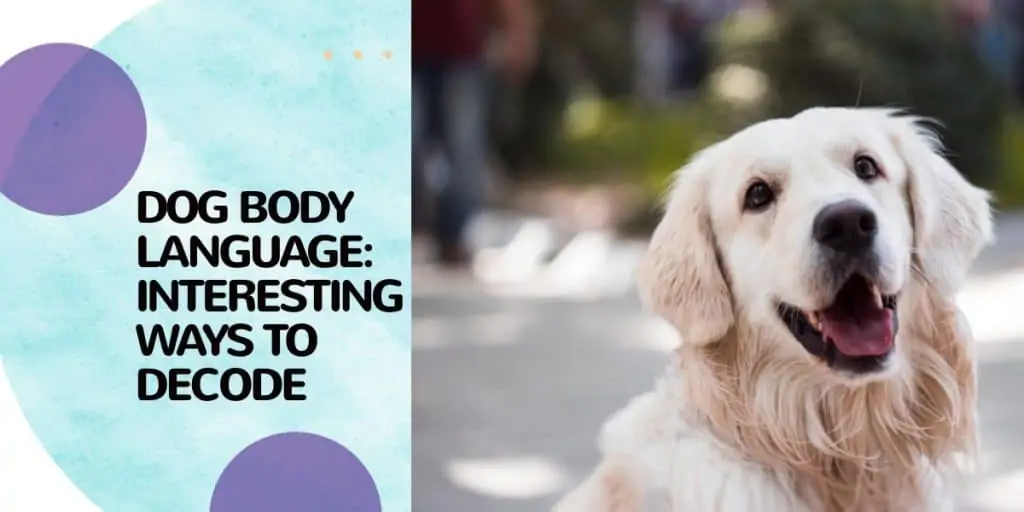
Dog parents with little knowledge about their dog’s body language will find it difficult to comprehend what their pooch is trying to communicate.
Dogs have their own means of communicating their emotional state or intentions. They use sounds and their body language, especially their facial expressions and postures to communicate their intentions.
It is always good to be knowledgeable about the different body language types and what each means to enjoy a fruitful relationship with your dog.
Gestures and actions from dogs can be misleading, so what does wagging tail or an exposed tummy really mean? Let’s decode.
Attention seeking gestures
Dog’s love attention and they can use some aggressive strategies to gain their owner’s or opposite’s attention. The main gestures that point out their attention seeking are listed below:
- Licking, at times aggressive licking
- Tail wagging and jumping up
- Lowering their body together with their head and a tapered back ears
- Bowing and lip licking
Approachable
Dogs are adorable and cute, you can’t complain if you feel like rushing to greet a strange dog. However, always make sure that the dog is approachable or relaxed prior to greeting him.
You can easily tell when your dog is relaxed or approachable. Look for the following signals:
- Standing on flat feet
- Slightly opened mouth and exposed tongue
- Tail down and relaxed
- A high head with ears pointing up
Aggressiveness
Trying to steer clear of an aggressive dog is beneficial for you and the pooch. Keep an eye out for the following symptoms and ensure that you take the right precautions.
- A raised, puffed up and vibrating tail
- A curled lip along with the raised wrinkled forehead and nose
- Mouth wide open with exposed teeth
- Ears pointed forward
A dog exhibiting the above signals is letting you know that he will be aggressive if challenged. This is where understanding when your dog is aggressive and submissive can pay off.
Submissive
A dog that is submissive or fearful can act differently when compared to other scenarios. Body language of a fearful dog can be similar to the following:
- Your dog might roll onto his back with an exposed belly and throat
- A fearful dog will avoid direct eye contact
- The head can be facing down or turned away
- The ears will be flat and pointed back
- A tucked tail with partly closed ears
- On some occasions, a fearful dog might even urinate in tiny amounts
Playfulness
A playful dog is the dream of any dog lover and it is an excellent means of killing time. Most dog parents can easily decode the playful body language of their pets.
Some of the playful gestures of your dog are listed below:
- Wagging or raised tail
- Dilated pupil and pointed ears
- Bent forepaws and lowered front end
- Your dog may jump while on a bent front end position and even bark mildly
These are some of the common dog body language gestures that can help you to understand what your dog is trying to tell you. However, your dog can have some unique gestures, spending some time with your dog is the ideal means of decoding all these gestures.
